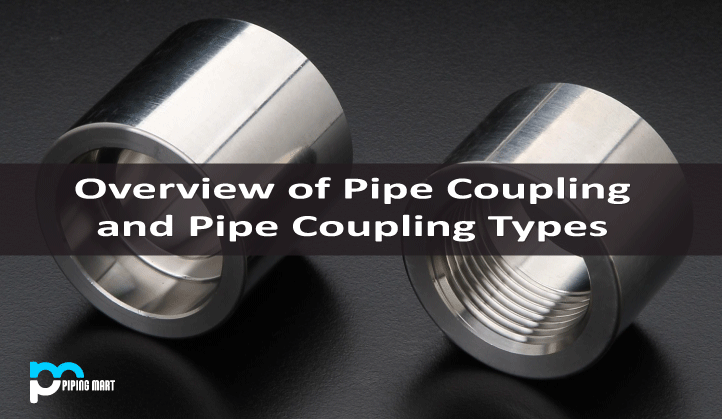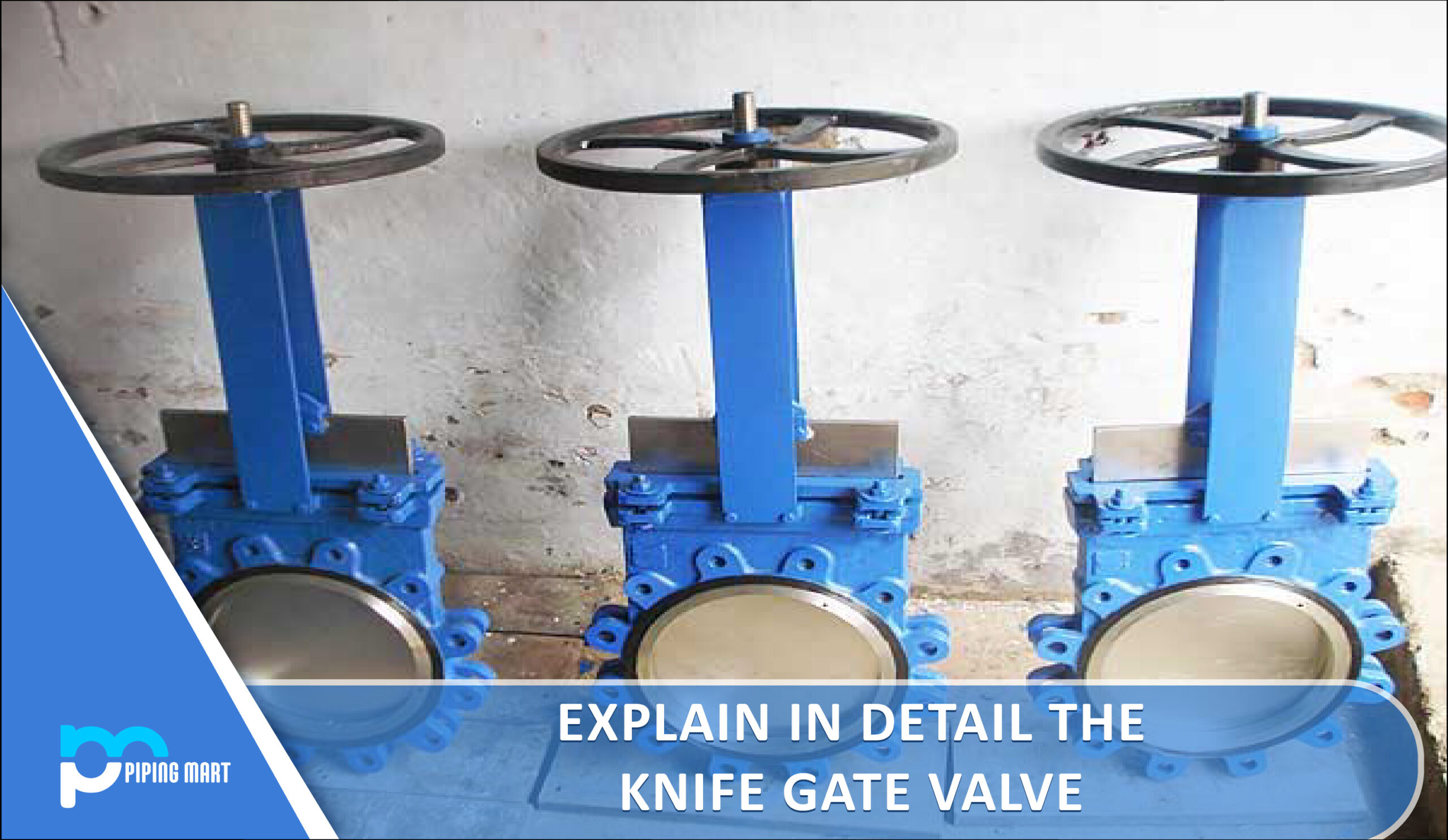Powder coating is a popular finishing technique that protects metal surfaces against harsh environmental factors and wear and tear. It offers a durable, long-lasting finish that resists chipping, scratching, fading, and corrosion. But what happens when you need to touch up or refresh an existing powder coating? Can you powder coat over powder coat? In this blog post, we’ll answer this frequently asked question and provide you with everything you need to know about powder coating over powder coating.
So, can you powder coat over powder coat? The short answer is yes, but it’s more complex than it may seem. Powder coating over an existing powder-coated surface requires some extra steps to ensure your new coating will adhere and bond correctly. Here are some important considerations you should keep in mind
Surface Preparation
Unlike painting over an existing layer, powder coating requires a clean and porous surface to adhere to. Therefore, you must remove any old powder coating, rust, grease, oil, dirt, and other contaminants from the substrate. This can be achieved through abrasive blasting, chemical stripping, or mechanical sanding. The goal is to create a rough surface that allows the new powder to “grab” onto the metal and form a mechanical bond.
Compatibility
Another critical aspect of powder coating over powder coating is ensuring the compatibility of the two coatings. Not all powder coatings are compatible, and mixing incompatible powders can lead to adhesion failure, blistering, oxidation, and other defects. Therefore, you must verify that the new powder coating formulation is compatible with the existing one. This can be done by conducting a small adhesion test before the full coating process.
Colour Matching
Powder coatings come in various colours, textures, and finishes. If you’re touching up or refreshing an existing powder-coated surface, you must ensure the new coating matches the old one. This may require colour swatches, spectral analysis, or trial and error. Remember that some colours and finishes may look different in natural and artificial light, so it’s best to test in different environments.
Coating Thickness
Depending on the application and the powder formulation, powder coating has a recommended thickness range. Applying a new powder coating on top of an existing one can increase the coating thickness beyond the recommended range, affecting the coating’s performance and appearance. Therefore, you need to calculate the total thickness and ensure it falls within the acceptable limits.
Curing Process
Powder coating requires curing to activate the powder and create a cross-linkage that forms a durable and smooth finish. If you’re powder coating over powder coat, you need to consider the curing process of the existing coating as well. The new powder may need a longer curing time or temperature to correctly bond with the old coating.
Conclusion
Powder coating over powder coating can be done, but it requires extra preparation, verification, and calculation. The key factors to consider are surface preparation, compatibility of coatings, colour matching, coating thickness, and curing process. If you’re uncomfortable doing it yourself, it’s best to seek professional help from a skilled powder coater who can ensure a successful coating process. With proper execution, powder coating over powder coating can provide a smooth, durable finish that protects your metal surfaces for years.

Pipingmart is a B2B portal that specializes in metal, industrial and piping items. Additionally, we share the latest information and information about materials, products and various types of grades to assist businesses that are involved in this business.




